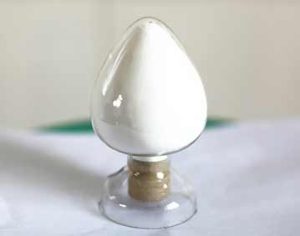Synonyms
molybdic oxide, molybdenum trioxide, molybdic acid anhydride, moly oxide, MM4, molybdenum dioxide, molybdenum oxide, molybdenum oxide / molybdenum(IV) oxide/ MoO2= CAS#18868-43-4, molybdenum trioxide / molybdenum(VI) oxide/ MoO3= CAS# 1313-27-5, molybdenum oxide (MoO2), molybdenum(IV) oxide, MoO2
Purity: It is more than 99.9%.

Manufacturing: It can be obtained by three ways: oxidation of metallic molybdenum with a mixture of water vapor and hydrogen at 700-800 ° C, light heating of powdered metallic molybdenum in air, or reduction of molybdenum trioxide with hydrogen, zinc, cadmium when heated.
Appearance: Violet-brown paramagnetic monoclinic crystals.Formula MoO2, brown-purple crystals, insoluble in water.
Properties:Molybdenum dioxide is stable in air, slowly sublimates in vacuum at 1100 ° C.It is slightly soluble in water, acids and alkalis, dissolves in solutions of oxidizing acids.Сrystals are very soft and can easily be stratified into the thinnest petals.It has the properties of semiconductors.
Main Application:
Molybdenum dioxide is mainly used for producing molybdenum powder, chemical industry, industry additive etc.Because of semiconductor properties it can be used in the manufacture of high-frequency detectors, rectifiers or transistors.Pure substance is a component of solid and liquid lubricants, including those intended for operation at high temperatures (up to 400°C).Molybdenum is used in the manufacture of ceramic products, since when added to clay, it is able to color it blue or red, depending on the amount added during firing.
Molybdenum Dioxidebe expected for a single bond. The bonding is complex and involves a delocalisation of some of the Mo electrons in a conductance band accounting for the metallic conductivity.
